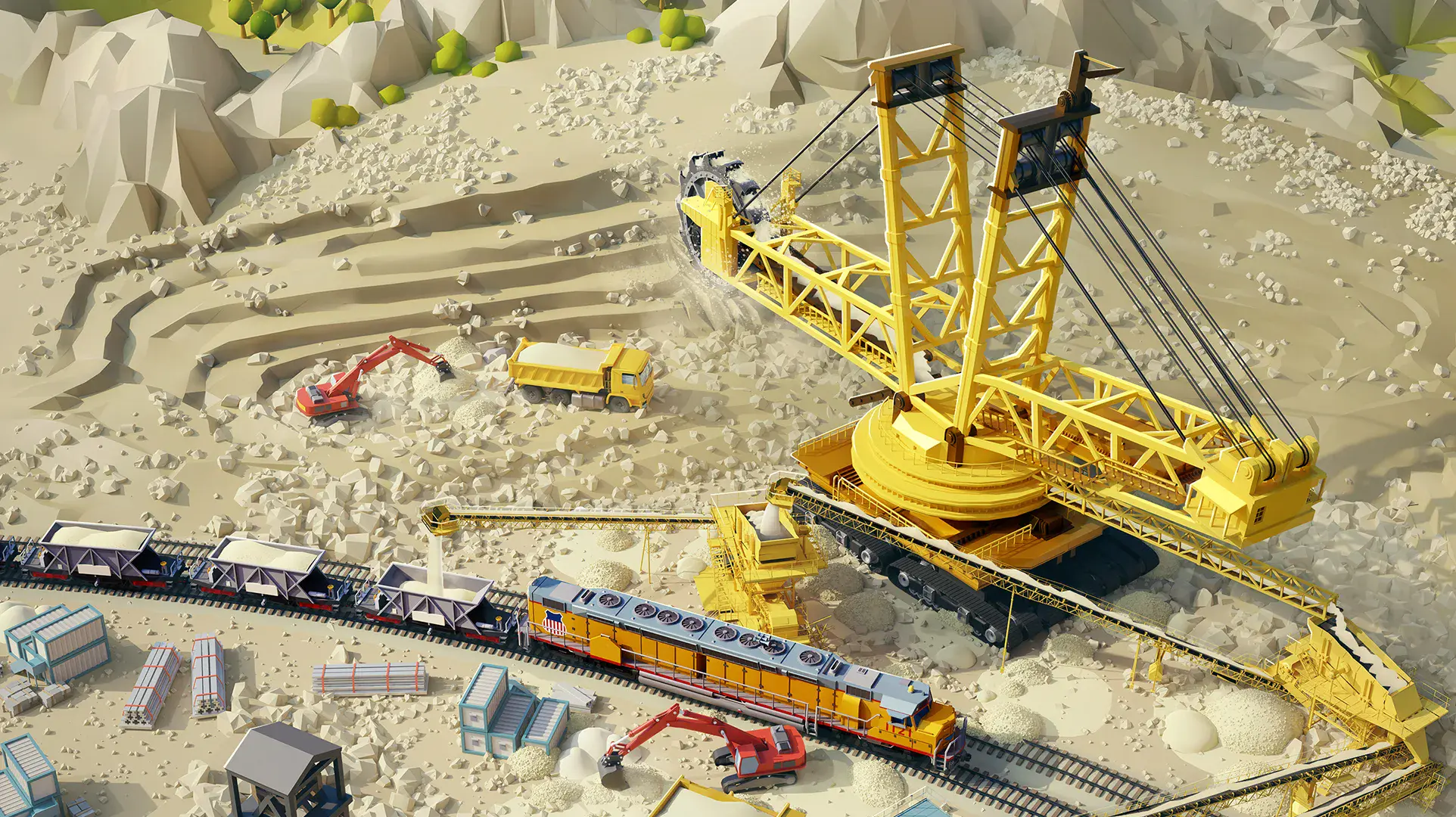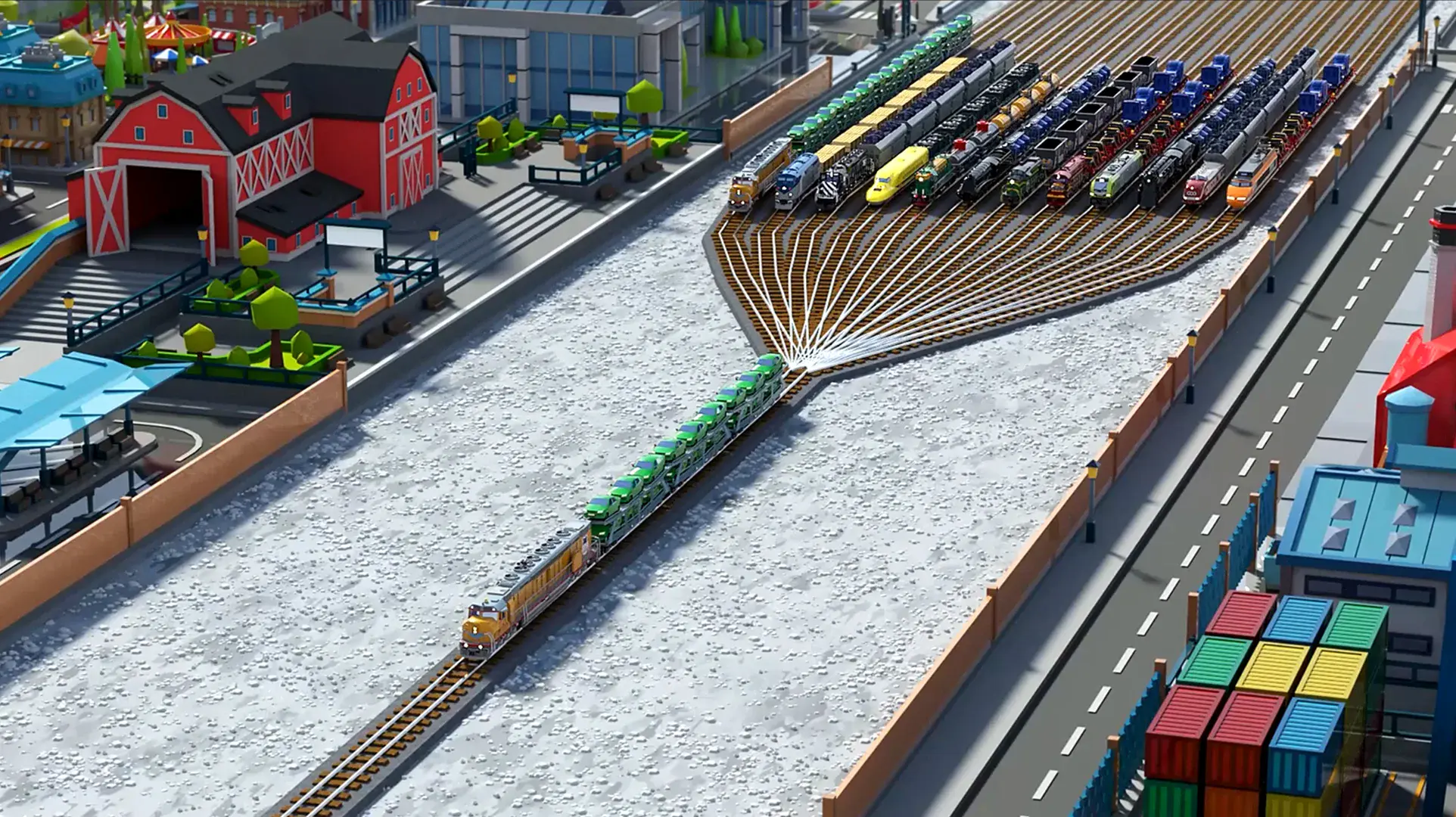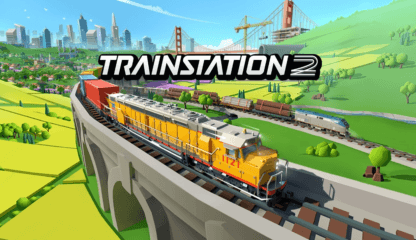Train Station 2 Rail Tycoon Ultimate Beginners Guide and Tips

Train Station 2: Rail Tycoon is a mobile simulation game that puts you in charge of your very own transport empire. With real-world-inspired maps, dozens of collectible trains, and strategic logistics gameplay, your goal is to deliver cargo, upgrade your railway system, and efficiently manage resources. Whether you’re just starting out or looking to improve your performance, this guide covers everything beginners need to know to succeed.

Understand the Core Gameplay Mechanics of Train Station 2: Rail Tycoon
The fundamental gameplay of Train Station 2 revolves around collecting materials, producing goods, and delivering them to complete jobs. Each job rewards you with coins, experience points, and sometimes valuable items like keys or train parts. As you level up, more advanced jobs, trains, and buildings become available. Efficiently completing these delivery tasks is the key to progressing. Every job has a time requirement and a cargo capacity. The more powerful your trains and the better your strategy, the faster and more rewards you’ll gain.
The Warehouse
The warehouse is crucial in storing all the materials and products you collect and produce. However, warehouse space is limited and can easily fill up, causing production blocks. Upgrading the warehouse allows for more storage and should be one of your top priorities. Expansion depends on your city’s population, which grows by building and upgrading structures. Be strategic about what you store, don’t collect more resources than necessary and keep finished products in factory output slots to save space.

Factory Management
Factories are used to manufacture higher-tier products from raw materials. They are essential for mid- to late-game jobs and play a big role in progression. It’s best to keep your factories running at all times, but avoid producing blindly. Only queue up items you’ll need for upcoming tasks. This avoids unnecessary clutter in your warehouse. Early on, you should prioritize using your gems to unlock additional factory slots rather than spending on other things. This dramatically improves your throughput and long-term efficiency.
How do Trains Function in Train Station 2: Rail Tycoon?
Trains are the backbone of your delivery empire. Trains come in four rarities: Common, Rare, Epic, and Legendary. While you’ll start with lower-tier trains, you’ll eventually want to build a roster of mostly epic or better trains due to their superior performance and efficiency.

Rather than upgrading every train, focus your resources on the best-performing ones. Train upgrades require coins and specific parts, so choose wisely. Recycle underused trains to obtain parts for better ones. The goal is to have a few powerful, high-capacity trains instead of many weak ones.
Taking Up Jobs
Each job in Train Station 2 requires specific items and cargo capacity. You’ll use dispatchers to send out your trains on these jobs. Early on, you’ll only have a few dispatchers, which limits how many trains you can send at once. Efficiently using dispatchers is key to maintaining a smooth operation. Assign shorter jobs when you’re actively playing and longer ones when you’re offline. More dispatchers can be unlocked as you level up or temporarily gained through events and in-game ads.
Containers
Containers are one of the main ways to obtain new trains and upgrade parts. They are opened using keys, which are earned through job completion, events, or union contributions. It’s wise to save your keys for when you unlock a new region or during special events, as this is when container value is at its highest. New regions bring region-specific trains, and it’s important to start with a strong lineup.

Ship Trading
Around Station Level 11, you’ll unlock the ship trading feature. This allows you to trade surplus items for valuable resources like gems, city plans, and upgrade tokens. These trades refresh over time and can offer great returns, especially if your warehouse is overflowing. Always review ship trade offers carefully and try to fulfill the ones that give premium items. It’s one of the best free-to-play methods to accumulate rare resources over time.
Join a Union!
Unions in Train Station 2 are the game’s equivalent of guilds. By joining one, you gain access to union-specific cooperative jobs and missions. Completing these jobs with other players earns you rewards like containers, coins, and parts. Being in an active union also provides a social and strategic advantage. It’s worth finding a union that matches your play frequency. If your current union isn’t contributing, don’t hesitate to switch to a more active one.
Players can enjoy playing Train Station 2: Rail Tycoon on a bigger screen of their PC or Laptop via BlueStacks along with your keyboard and mouse.















